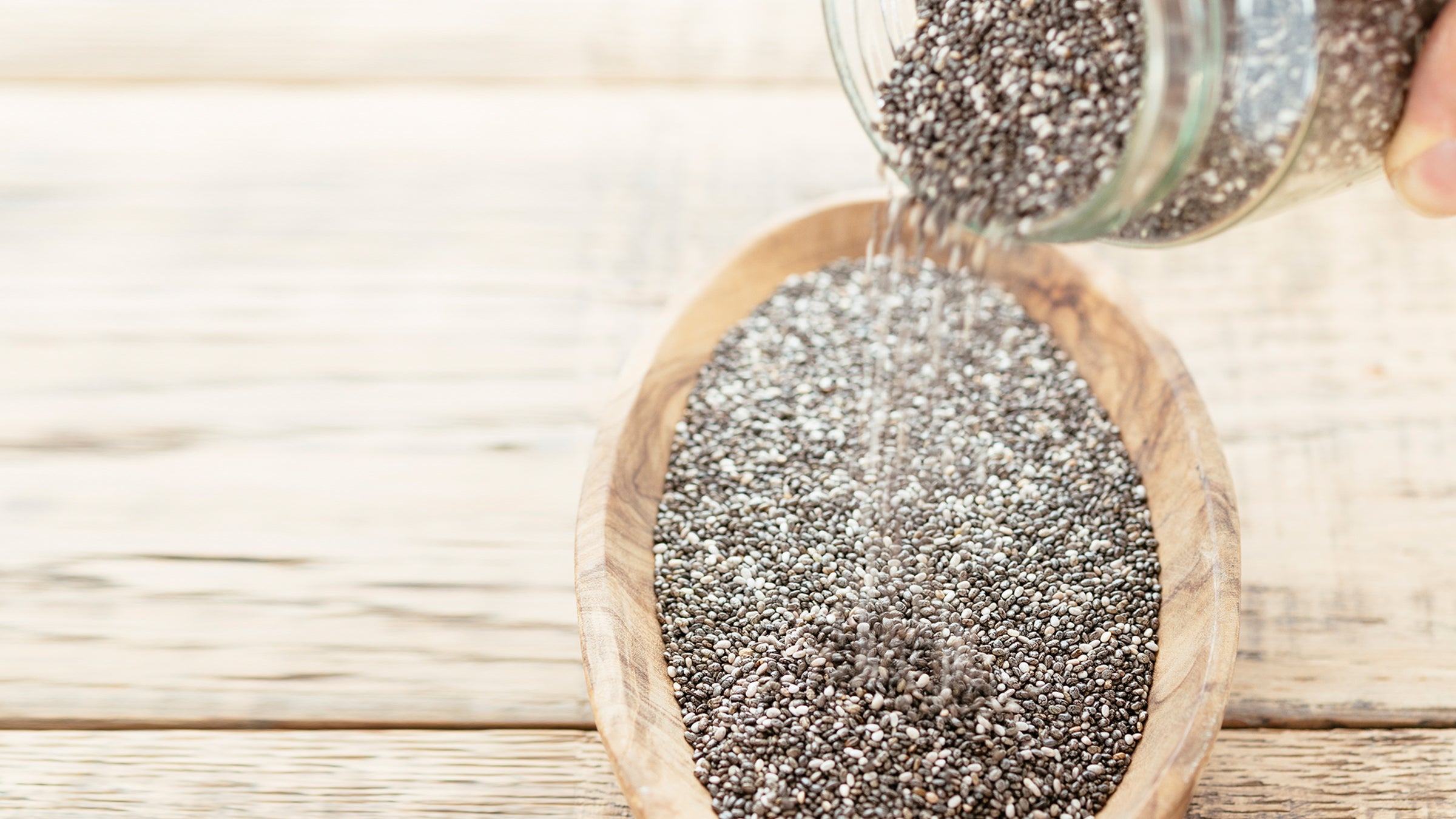Chia Seeds Could Be The Next Key Ingredient for Aging Gracefully

Chia seeds may be tiny, but they pack one seriously powerful punch when it comes to health benefits. This single seed variety delivers a wealth of nutrients, plenty of antioxidants, and they’re full of protein and fiber. As a recent study published in Food and Function notes, chia seeds can even help prevent all kinds of health ailments, from inflammatory disorders to heart and cardiovascular diseases to diabetes.
And now, thanks to a new scientific breakthrough, chia seeds may hold even more potential. They could become your go-to ingredient for combating visible signs of aging.
Scientists can now better harness the power of chia seeds
Chia seeds aren’t just small; they’re tightly packed, with a natural structure that literally locks in their health and anti-aging benefits.
According to researchers, chia seeds feature a unique layer of thick and goo-like gel. That gel, or mucilage, is something scientists have been trying to separate from the seeds themselves. It acts as a protective barrier for the seeds when they come into contact with water. Scientists have long wanted to peel away the mucilage and put it to use in a variety of different applications.
However, because the mucilage is so tightly connected to the exterior of chia seeds, processing the seeds is a challenge. The gel also limits how these seeds can be used, as it can’t be separated or used independently. Until now, that is.
A team of scientists at Purdue University have discovered an innovative way to extract the mucilage from chia seeds. This new patented technology can separate the two components, delivering a protein-rich flour as a result. Purdue’s mucilage extraction method means chia seeds can now be used in entirely new ways, with different nutritional options, pharmaceutical possibilities, and so many more uses.
Chia seeds could become even more of a superfood
Thanks to Purdue University’s breakthrough, chia seeds now hold even more potential. The simpler, more efficient processing method allows the seeds to go well beyond their current role as an ingredient in your kitchen.
Researchers are already testing different applications for chia seeds’ gooey exterior layers. One of the biggest areas of research is using the gel – and even the seeds themselves – in anti-aging products. Both contain peptides and other ingredients that stop the enzymes responsible for visibly aging skin.
As a result, chia seeds’ mucilage could one day become a key ingredient in skincare, delivering the seeds’ antioxidants and other good-for-you ingredients right where you need them the most.
While you wait for chia seeds to begin appearing on the labels of your favorite anti-aging products, you can reap their benefits in the traditional way: by adding them into recipes. Eating chia seeds can help you age gracefully from the inside out, as their high antioxidant content helps combat aging factors like free radicals, which directly affect your cells (and skin). Try mixing chia seeds into a sweet pudding, adding them into your favorite smoothie recipes, or working them into a variety of meals throughout the day.
Related Content: